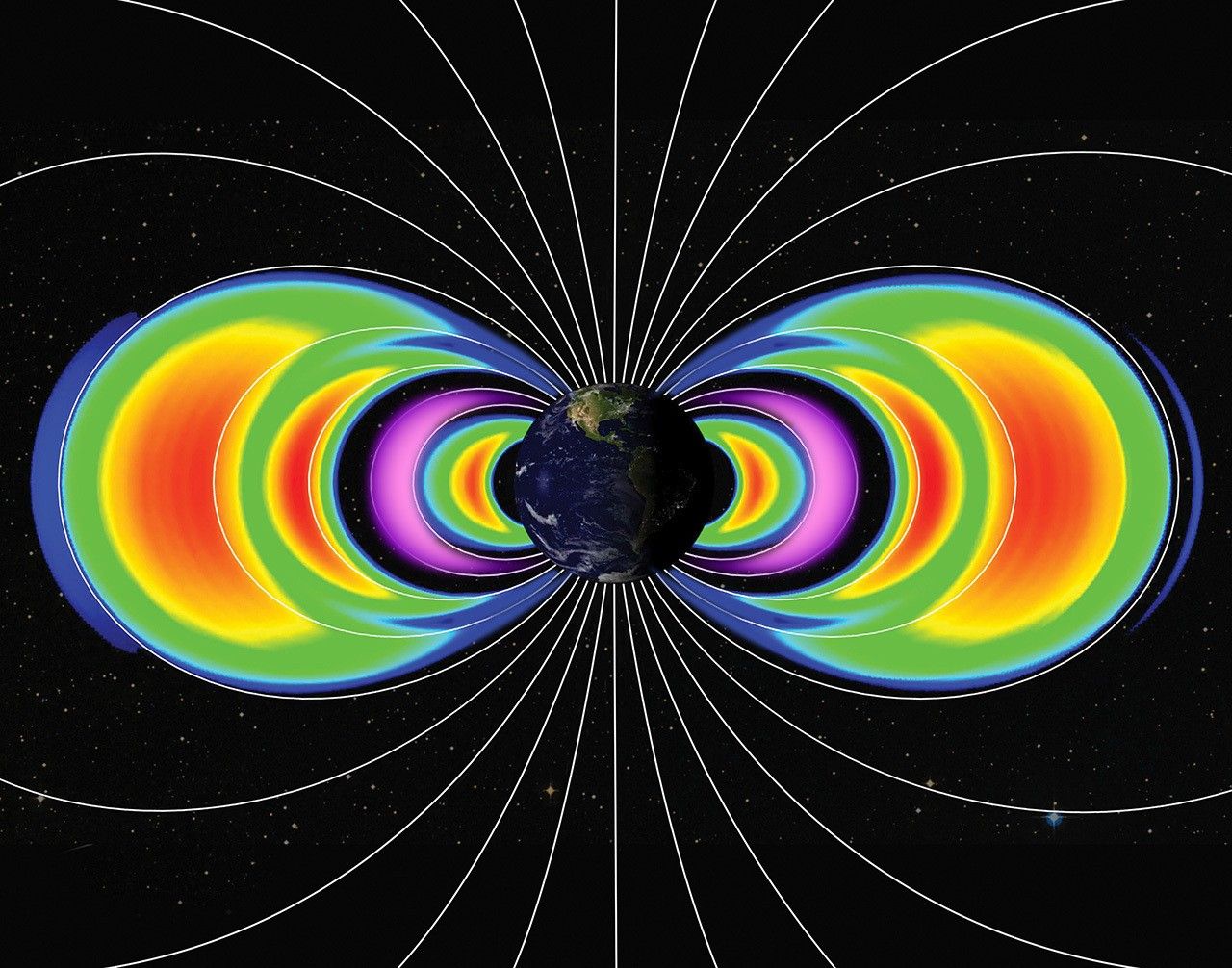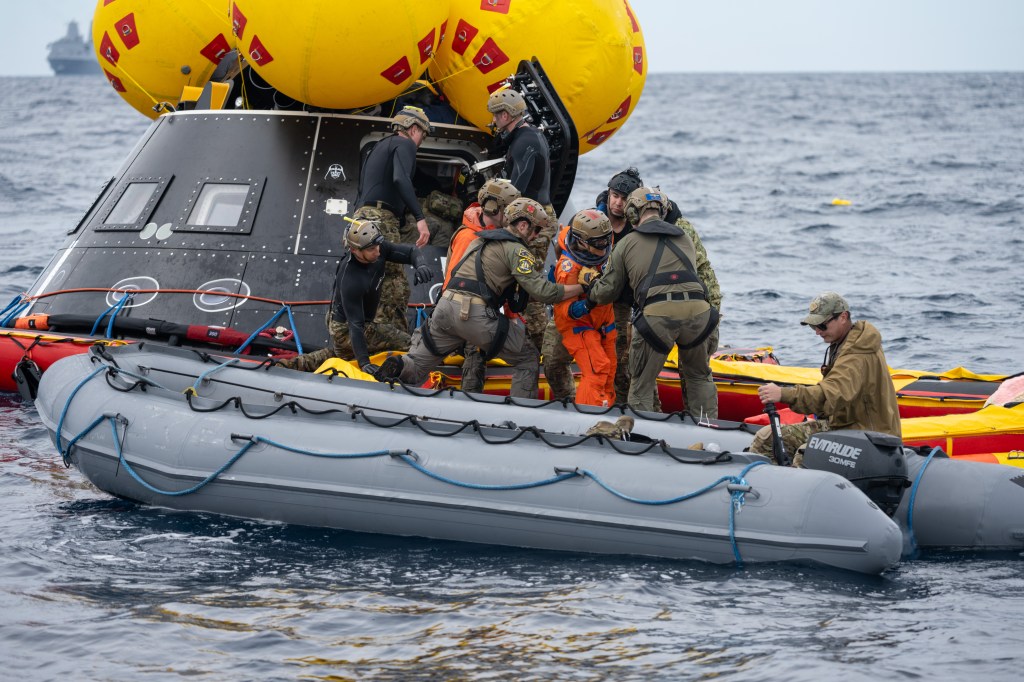Before NASA astronauts fly the Orion spacecraft on Artemis missions to the Moon and back, engineers needed to thoroughly test its ability to withstand the stresses of launch, climb to orbit, the harsh conditions of deep space transit, and return to Earth. NASA designed Orion from the beginning specifically to support astronauts on missions farther from Earth than any other spacecraft built for humans.
In June 2020, engineers completed testing on a duplicate of Orion called the Structural Test Article (STA), needed to verify the spacecraft is ready for Artemis I — its first uncrewed test flight. NASA and its prime contractor, Lockheed Martin, built the STA to be structurally identical to Orion’s main spacecraft elements: the crew module, service module and launch abort system.
The STA testing required to qualify Orion’s design began in early 2017 and involved 20 tests, using six different configurations — from a single element, to the entire full stack — and various combinations in between. At completion, the testing verified Orion’s structural durability for all flight phases of Artemis I.
“The STA has been an invaluable source for our engineers to prove out the integrity of Orion’s design,” said Stefan Pinsky, Lockheed Martin’s test manager for the Orion structural test article. “Over the course of testing, planning for the configuration and hardware moves of the three large primary Orion elements is a complex process that can sometimes seem like a giant game of Tetris.”
STA tests included loads testing to ensure the spacecraft structures can withstand intense loads at launch and entry; acoustic and modal testing to evaluate how Orion and its components tolerate intense vibrational forces; pyrotechnic shock testing that recreates the powerful pyrotechnic blasts needed for critical separation events during flight, such as module separation events and fairing jettisons; and a lightning test to evaluate potential flight hardware damage if the vehicle was exposed to a lightning strike prior to launch.
At Lockheed Martin in Denver, teams worked round-the-clock for days at a time to prepare the tests, execute, tear down then reconfigure the STA for the next test, culminating in 330 actual days of testing. During some test phases, engineers pushed expected pressures, mechanical loads, vibration and shock conditions up to 40 percent beyond the most severe conditions anticipated during the mission, analyzing data to confirm the spacecraft structures can withstand the extreme environments of space.
While the team was pushing the physical limits of testing with the STA, the actual Orion vehicle for Artemis I recently underwent rigorous testing at NASA’s Plum Brook Station in Ohio to certify it can withstand the extreme temperatures and electromagnetic conditions it will endure during its first mission around the Moon and back. The vehicle is now being readied at NASA’s Kennedy Space Center in Florida for its integration with the Space Launch System rocket prior to its maiden flight.
The STA campaign will continue beyond Artemis I, incorporating structural loads testing on Orion’s launch abort system, and crew module water impact tests to support NASA’s Artemis II mission — the first flight around the Moon with astronauts. For Artemis III, the mission that will see the first female and next male astronaut land on the surface of the Moon, the STA will be used for testing to include the spacecraft docking system.
“It’s a tremendous achievement for our teams to be able to successfully test this number of STA configurations to validate the structural robustness of the vehicle across the range of conditions that the spacecraft will experience on lunar missions under the Artemis program,” said Howard Hu, NASA’s acting Orion program manager. “These results give us continued confidence that Orion is ready for its first Artemis flight to the Moon next year.”


































